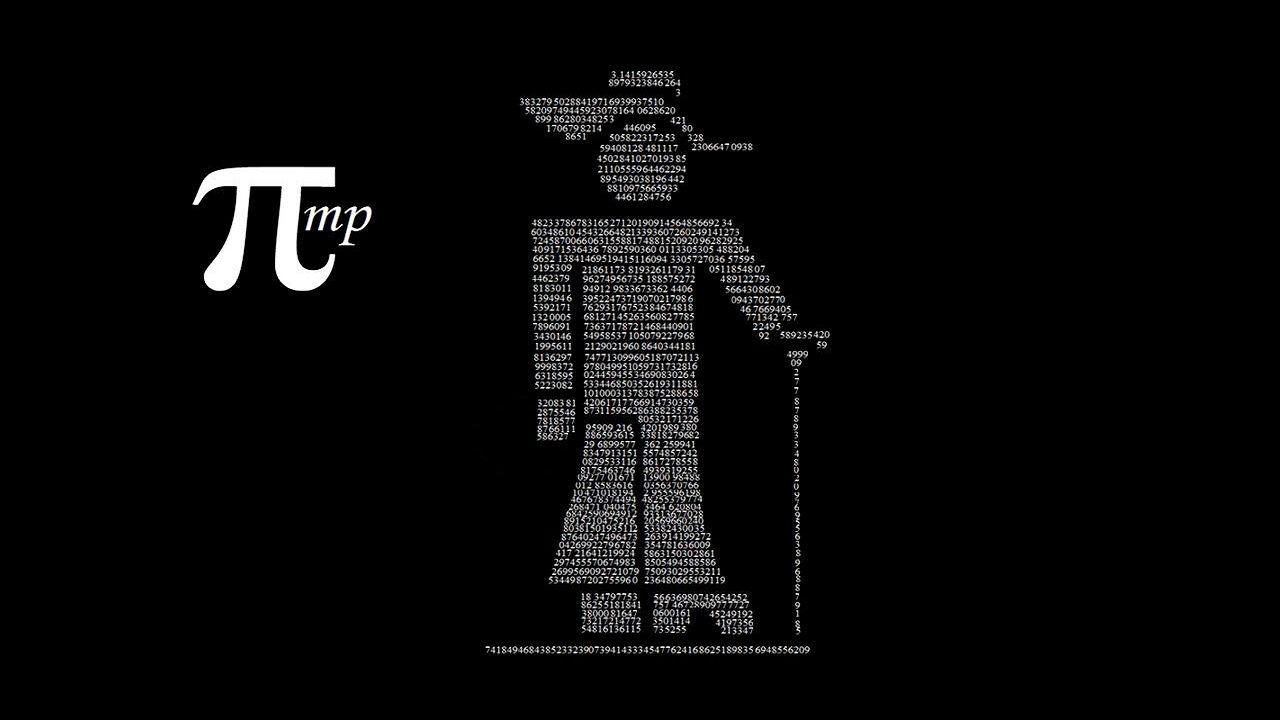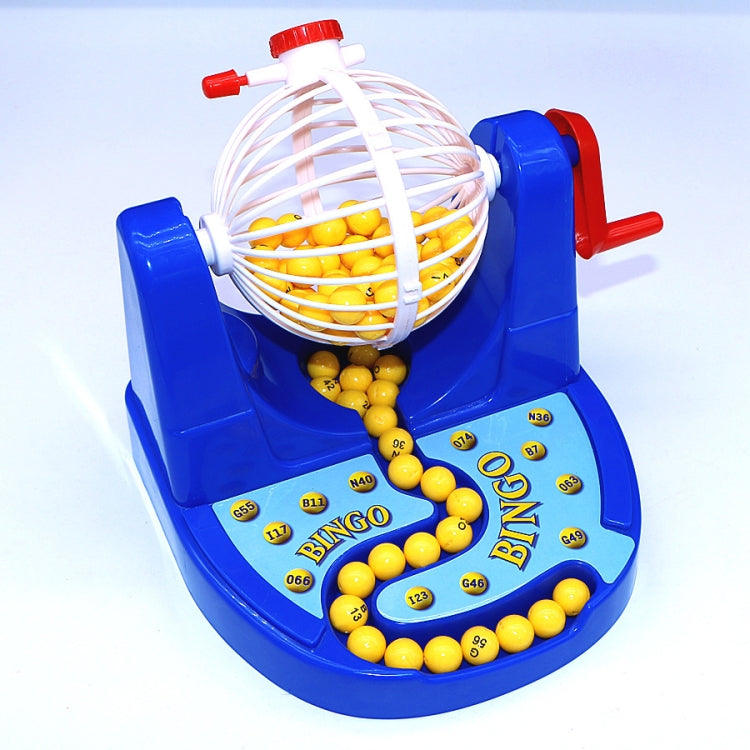

Holographic film: Holographic film can record light at a very high resolution, which is necessary for creating a hologram.Dirt and smudges can degrade the final image. Along with the lenses and beam splitter, the mirrors have to be absolutely clean. Mirrors: These direct the beams of light to the correct locations.A beam splitter: This is a device that uses mirrors and prisms to split one beam of light into two beams.However, a camera's lens focuses light, while the lenses used in holography cause the beam to spread out. Lenses: Holography is often referred to as "lensless photography," but holography does require lenses.Depending on the type of laser you're using, you may also need a shutter to control the exposure. Some types of holograms use lasers that produce different colors of light as well. Some home holography experiments rely on the diodes from red laser pointers, but the light from a laser pointer tends to be less coherent and less stable, which can make it hard to get a good image.

A laser: Red lasers, usually helium-neon (HeNe) lasers, are common in holography.All of a hologram's properties come directly from the process used to create it, so we'll start with an overview of what it takes to make one. This article will explain how a hologram, light and your brain work together make clear, 3-D images. Once you know the principles behind holograms, understanding how they can do all this is easy. On top of that, if you make a hologram of a magnifying glass, the holographic version will magnify the other objects in the hologram, just like a real one. The same is true if you cut out a small piece -- even a tiny fragment will still contain the whole picture. If you cut one in half, each half contains whole views of the entire holographic image. Holograms have other surprising traits as well. Others change colors or include views of completely different objects, depending on how you look at them. Some holograms even appear to move as you walk past them and look at them from different angles. If you look at these holograms from different angles, you see objects from different perspectives, just like you would if you were looking at a real object. You don't even have to wear special glasses or look through a View-Master to see the images in 3-D. They're two-dimensional surfaces that show absolutely precise, three-dimensional images of real objects. On the other hand, large-scale holograms, illuminated with lasers or displayed in a darkened room with carefully directed lighting, are incredible.


 0 kommentar(er)
0 kommentar(er)
